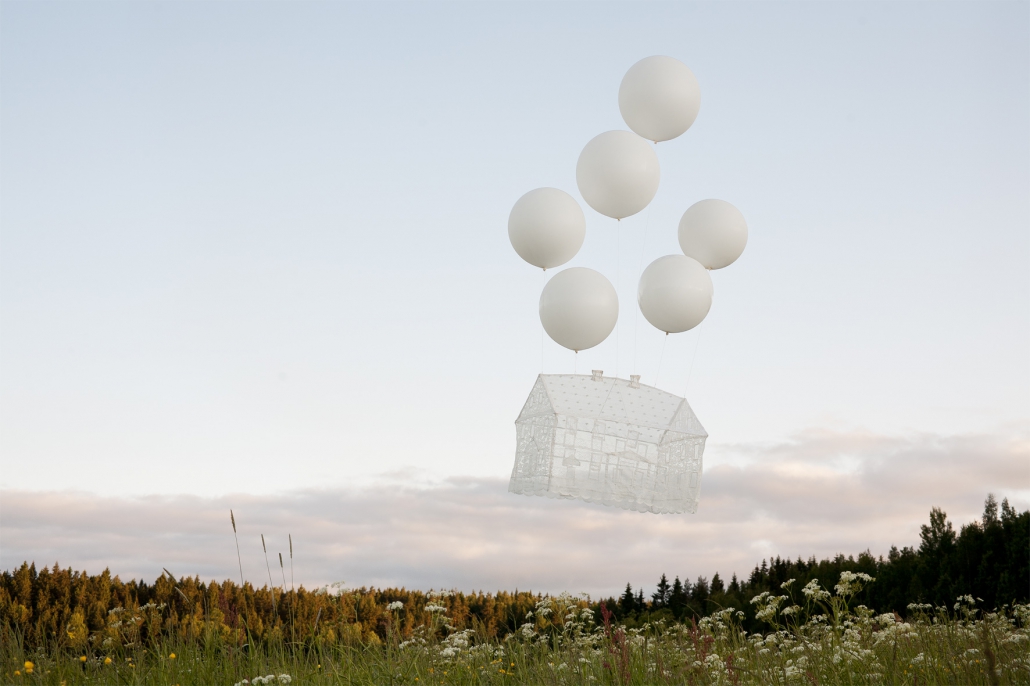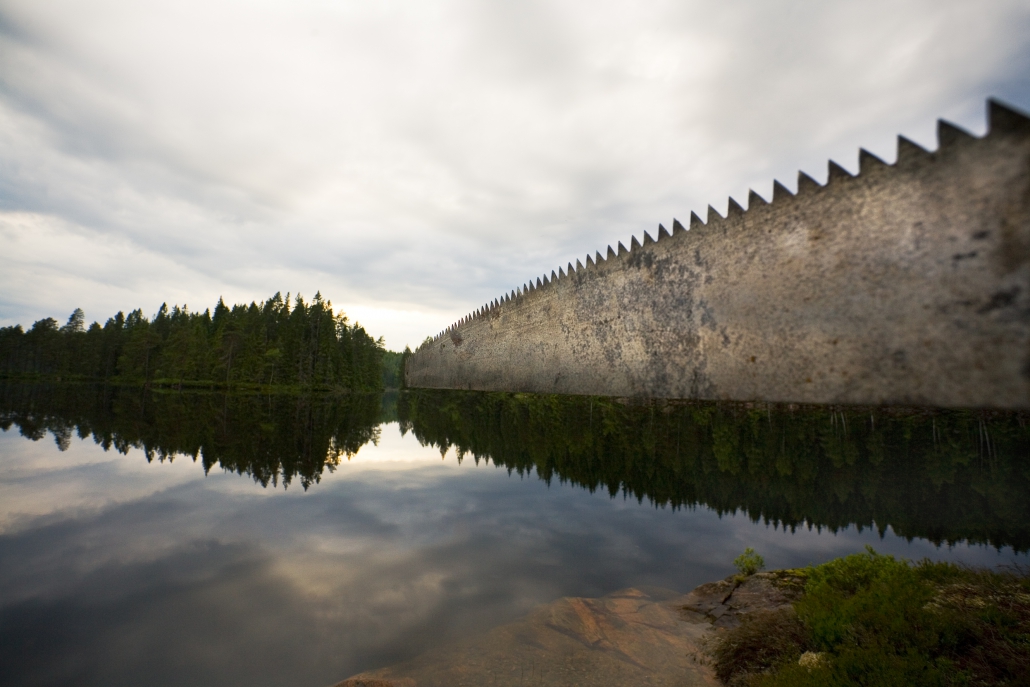Lin de Mol
Lin de Mol (Dutch, 1966) based in Sweden
Lin de Mol is a Dutch artist based in rural Sweden and Amsterdam. She is an eclectic artist by nature, yet sees all of her work as sculptural. Even her photography can be seen as registrations of etherial sculptures that can only exist in this way: As an after-image of an event that took place in a natural landscape, often devoid of human presence. This natural world is a leading motive in all of her work and forms a continuous reference to an original, shared source of purity. Her art hovers between the tactile and the immaterial, and explores each chosen medium for its capacity for emotional expression. In her meditative sculptures and photos, we encounter nature charged with an invisible power just beyond the tangible.
Lin de Mol studied sculpture and film/video at the Rietveld Academy and Rijksakademie van Beeldende Kunsten in Amsterdam. She later attended additional studies in film- and computer technique in Dublin and the United States.
Her work covers a wide range of media; from video installations to projects in public space, photography, sculptures, short films, drawings and short stories. Her video-works and short films are distributed by the International Institute for Media Art LIMA (all works on view in the media library) and have been shown at international festivals in Europe, Asia, Australia, and the United States.
She has exhibited internationally since 1996 and her work is part of collections in The Netherlands, Italy, Germany, and Sweden.
Since 2014 she lives and works in Sweden, where she organises the yearly light festival Arvika Ljus! that takes place every fall in the town of Arvika in Värmland.


